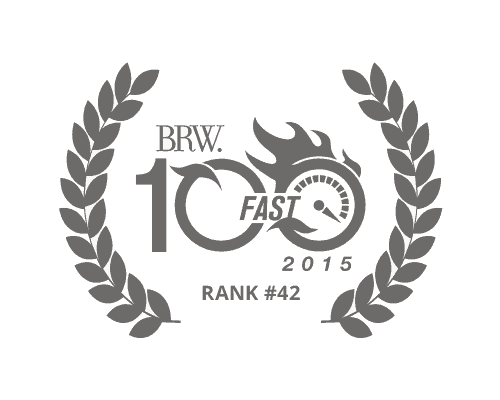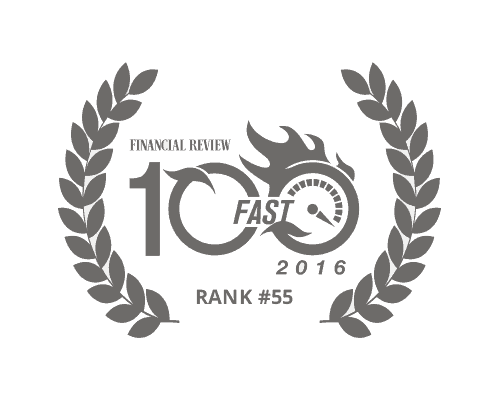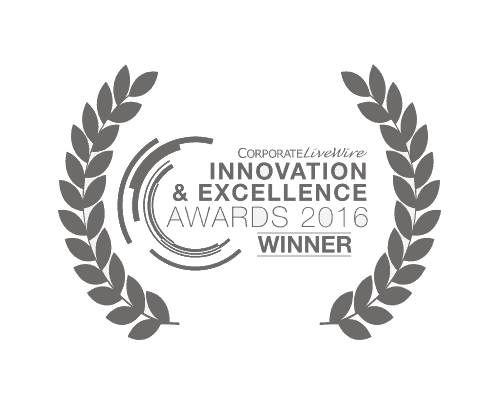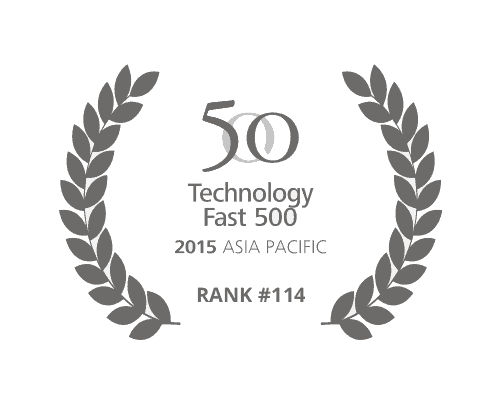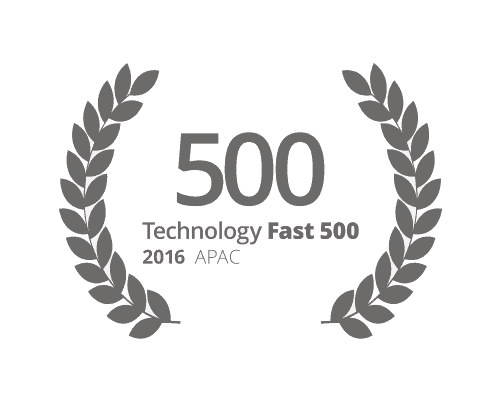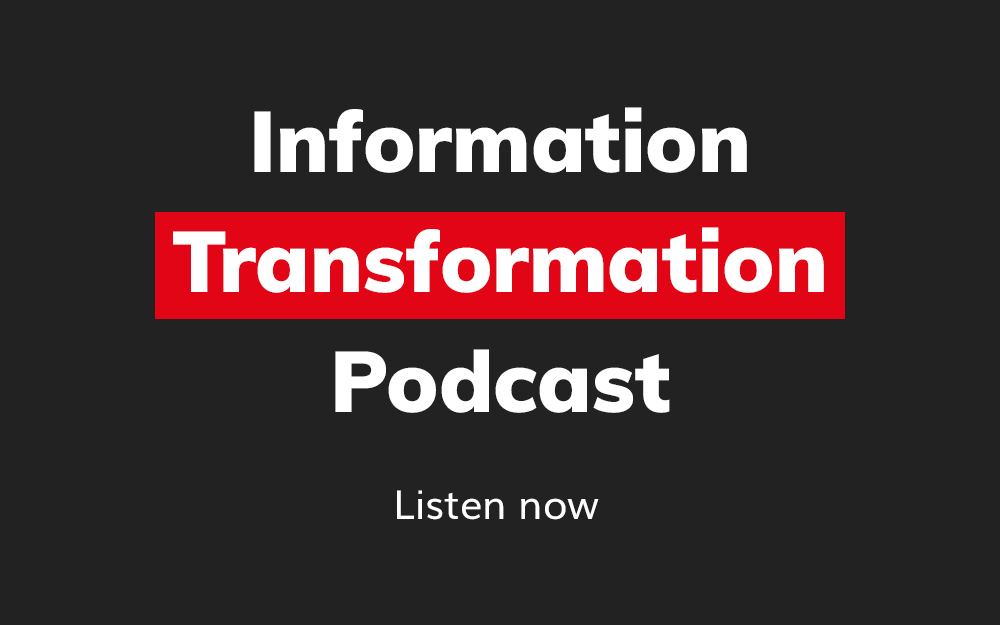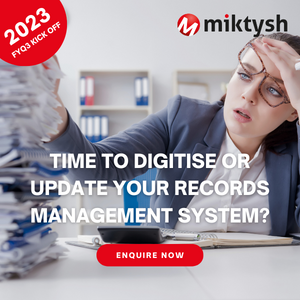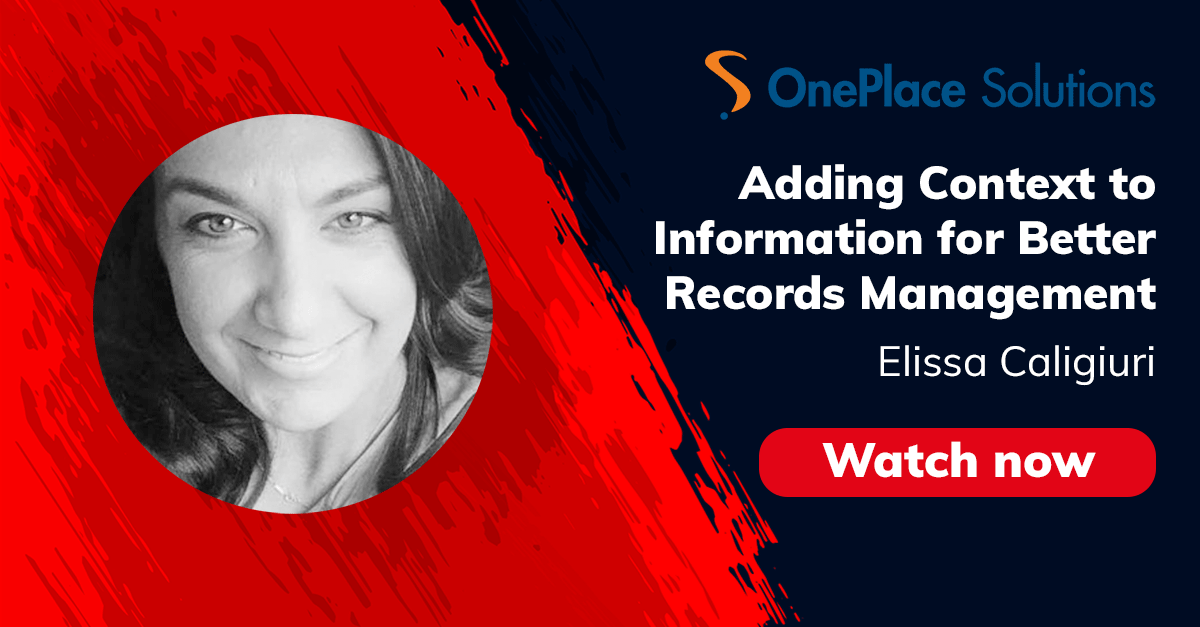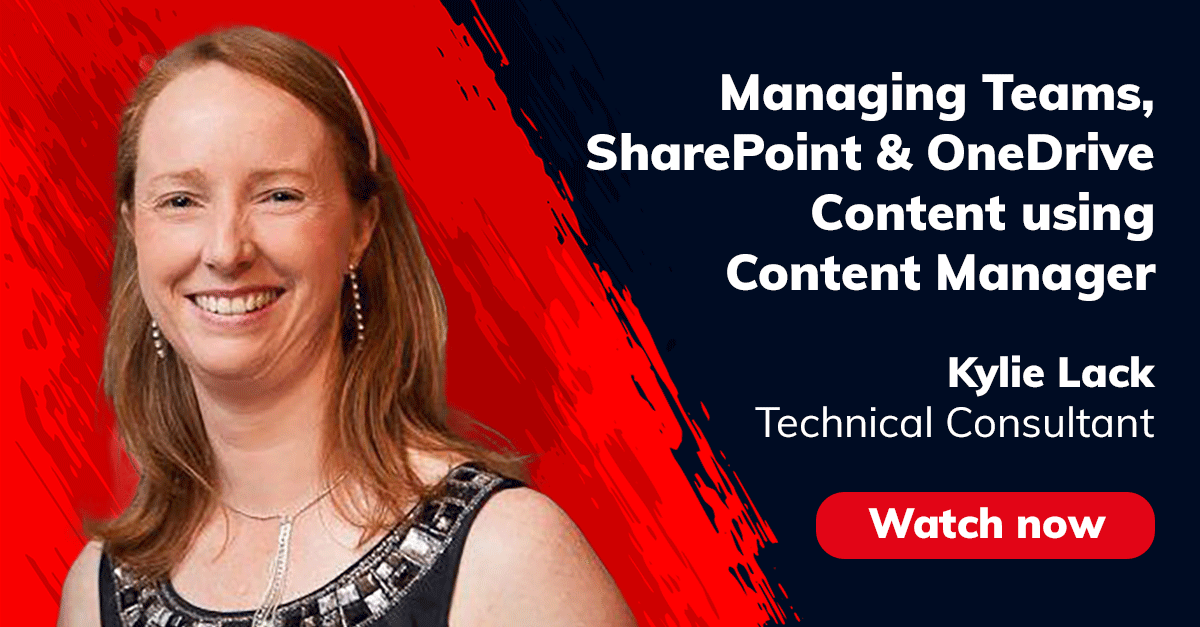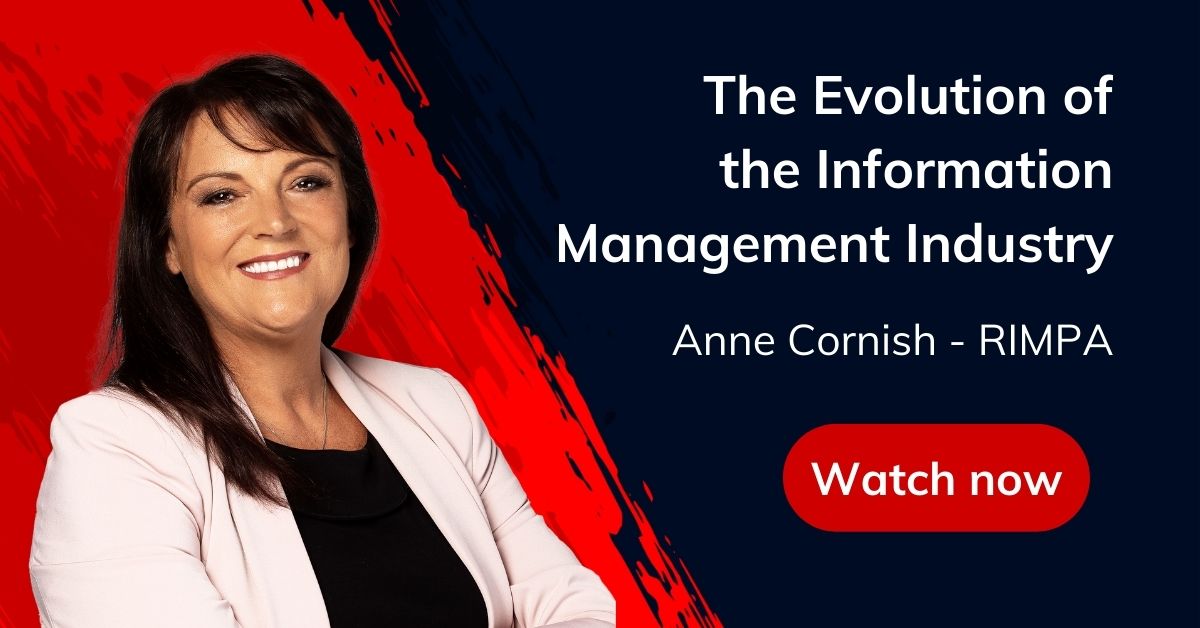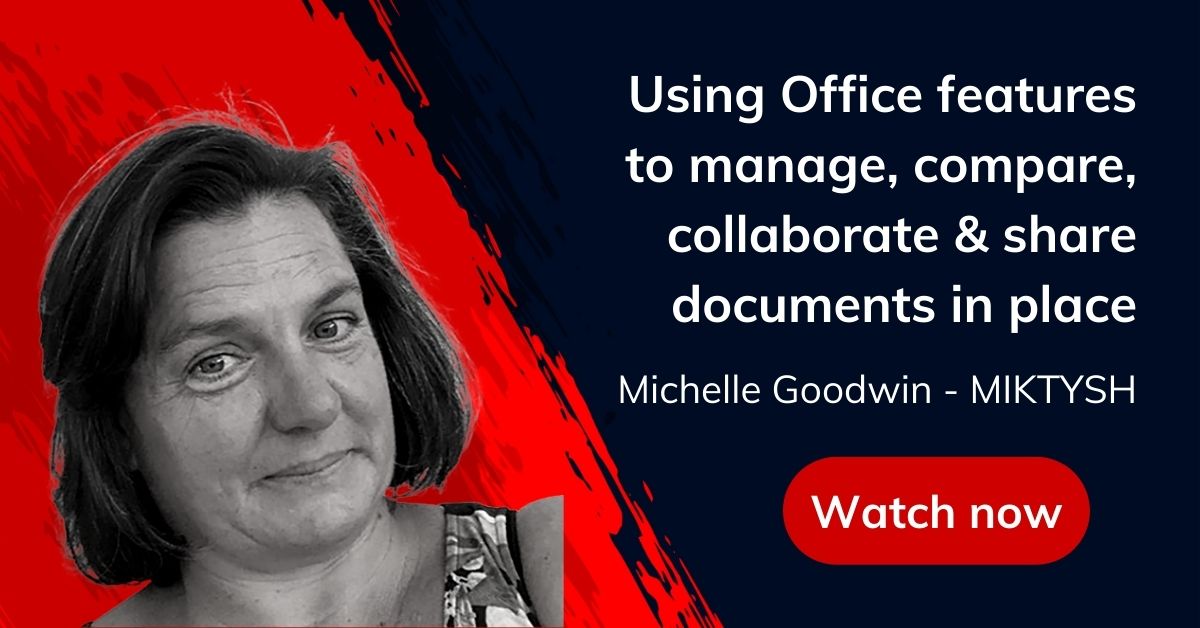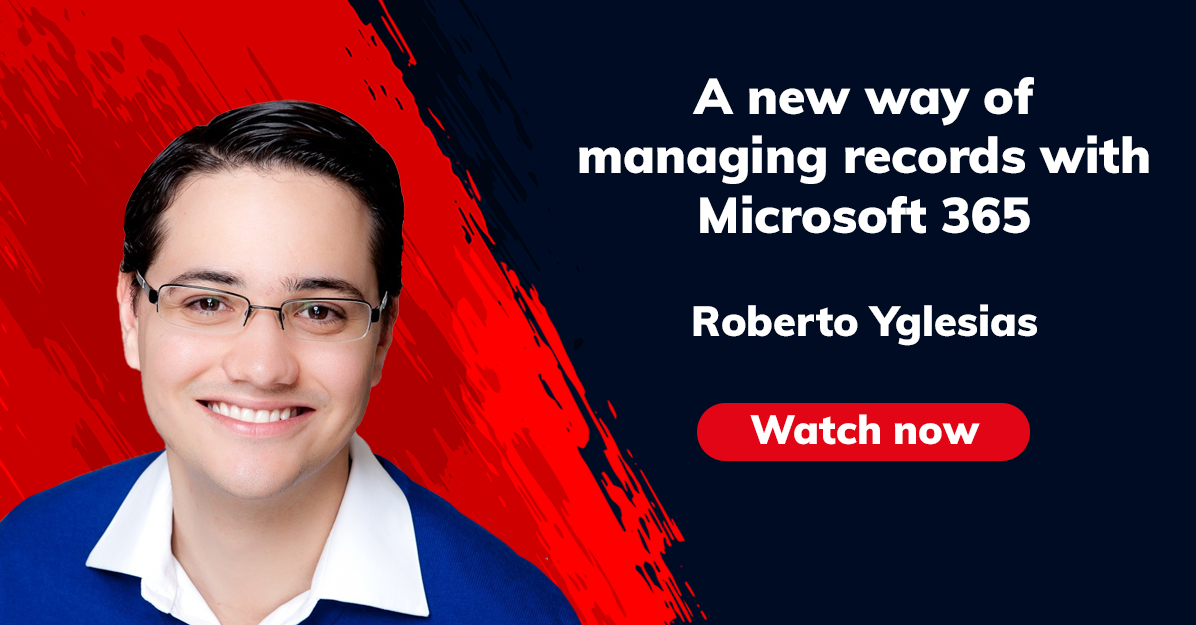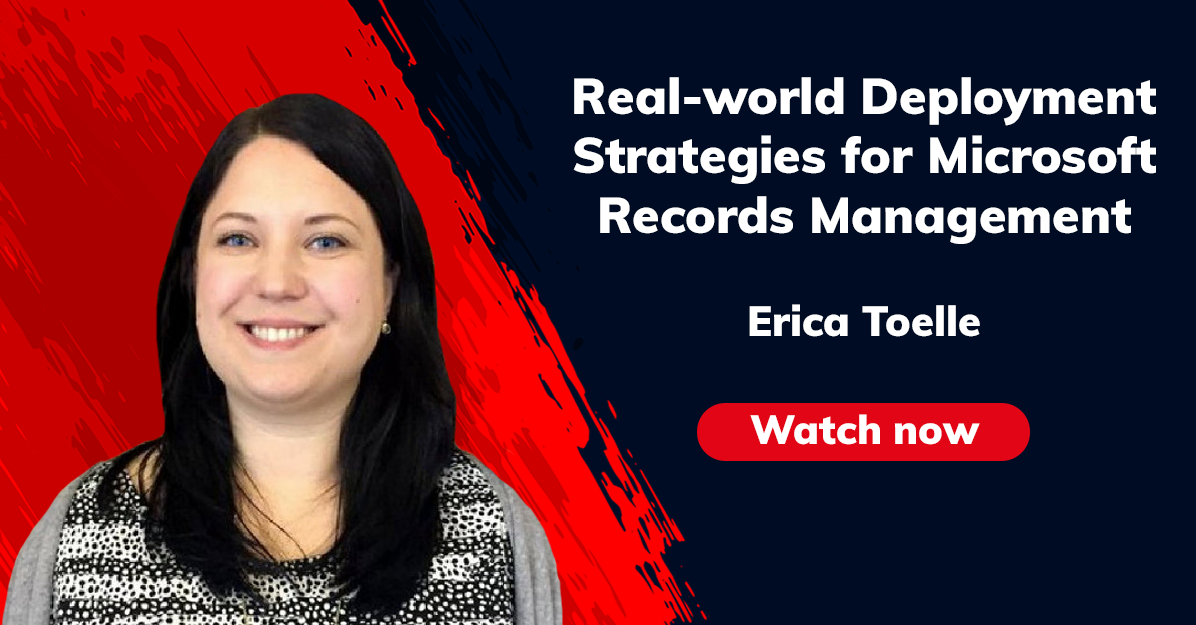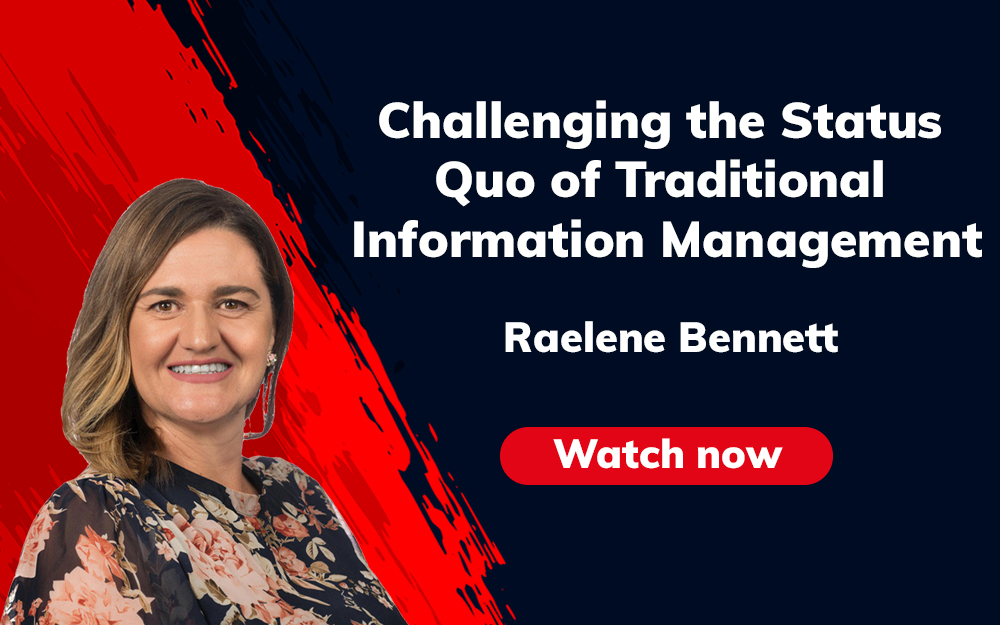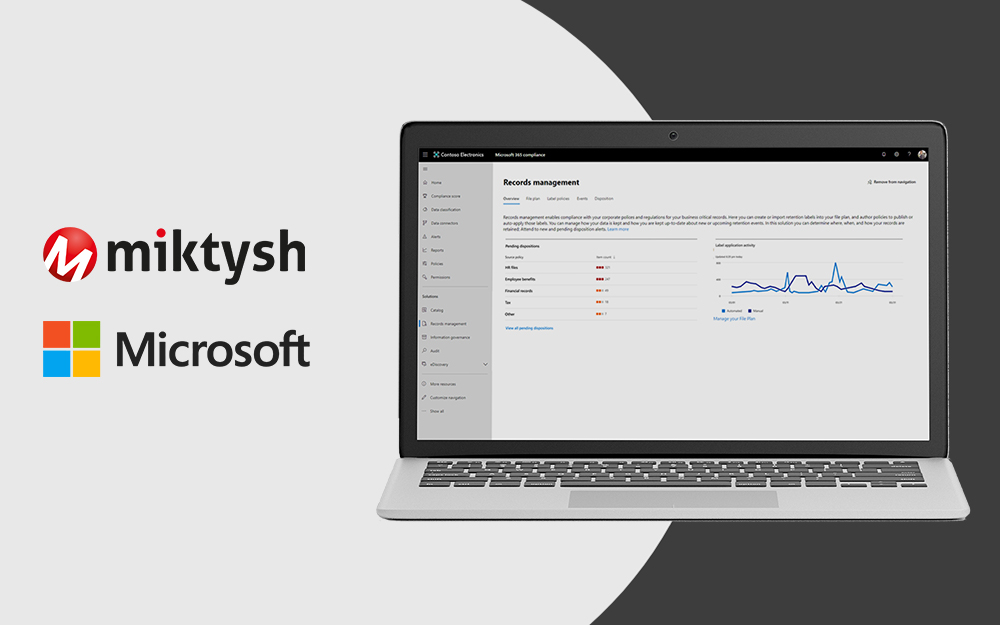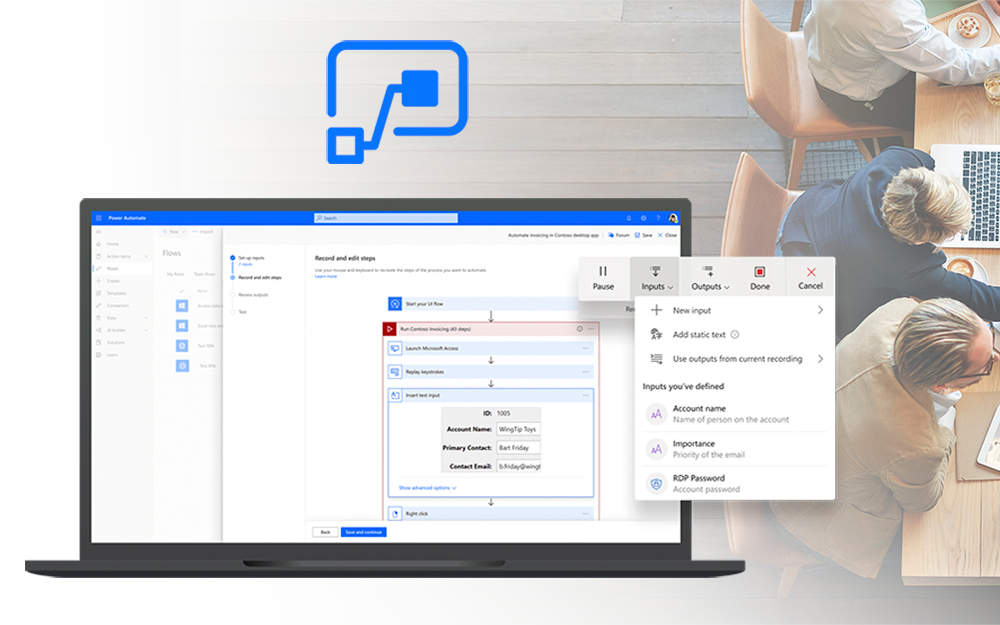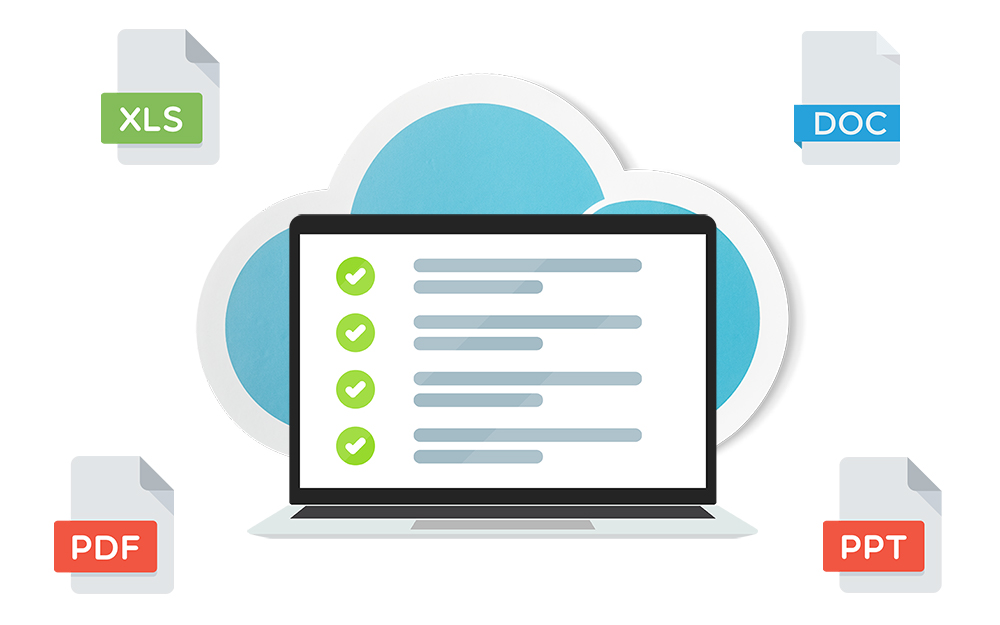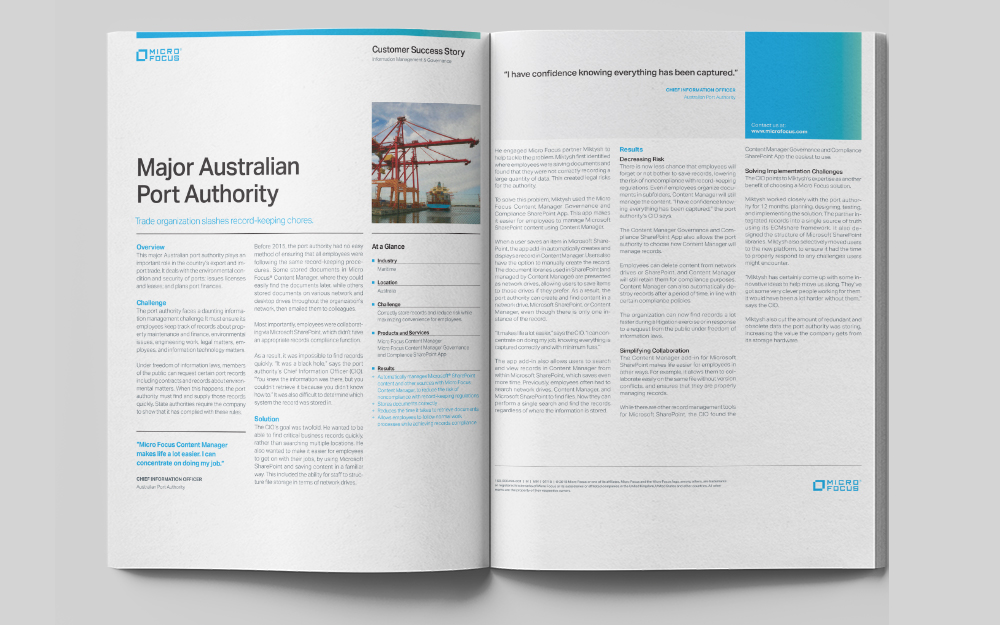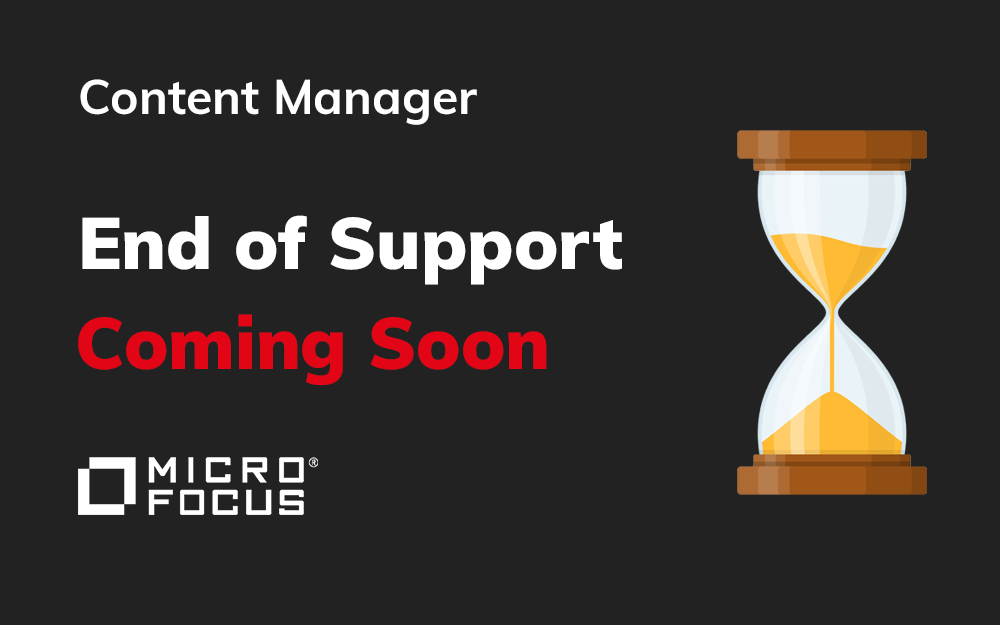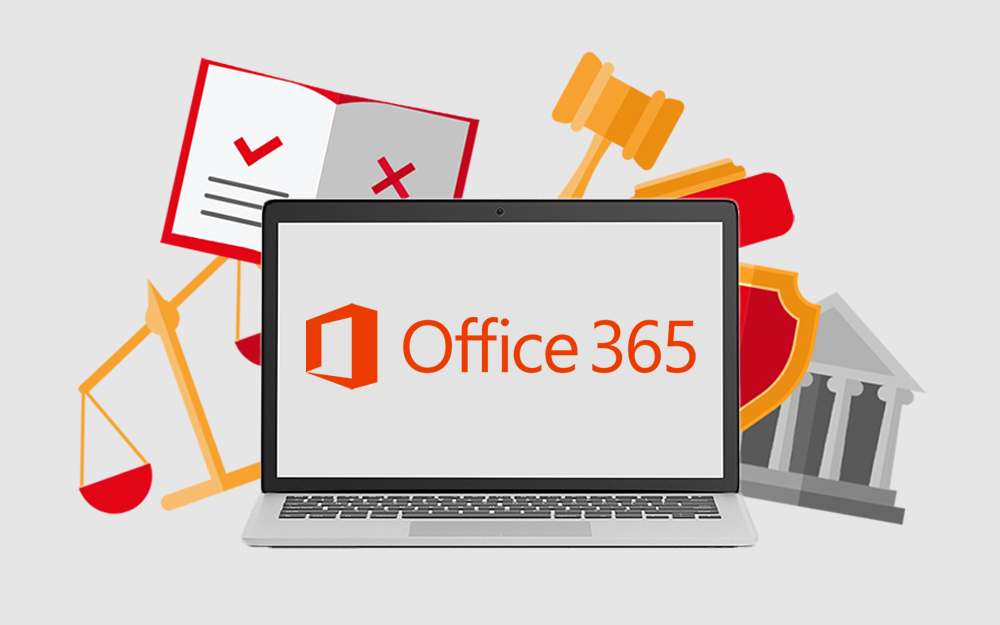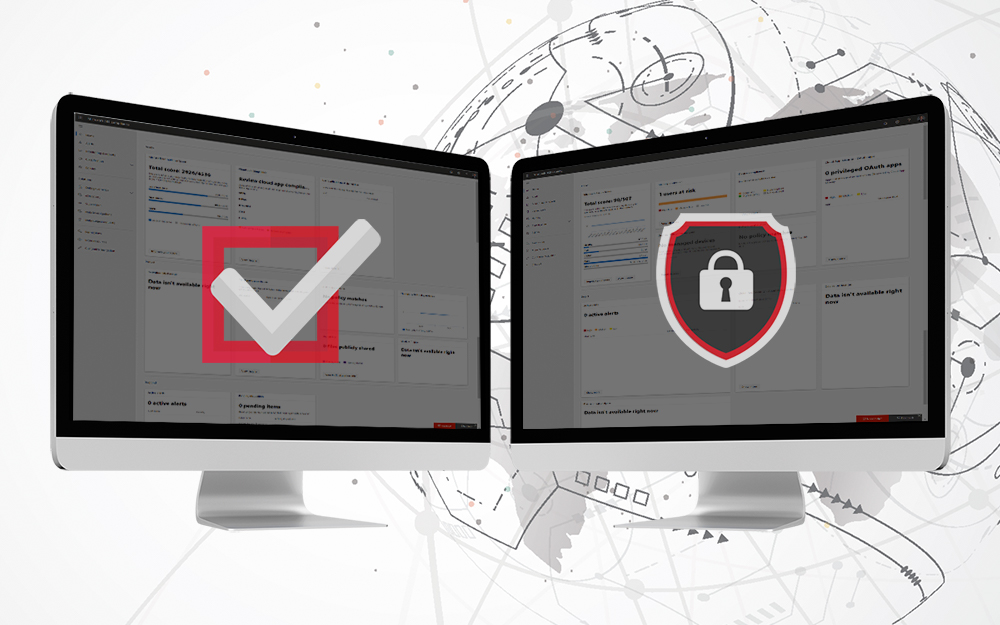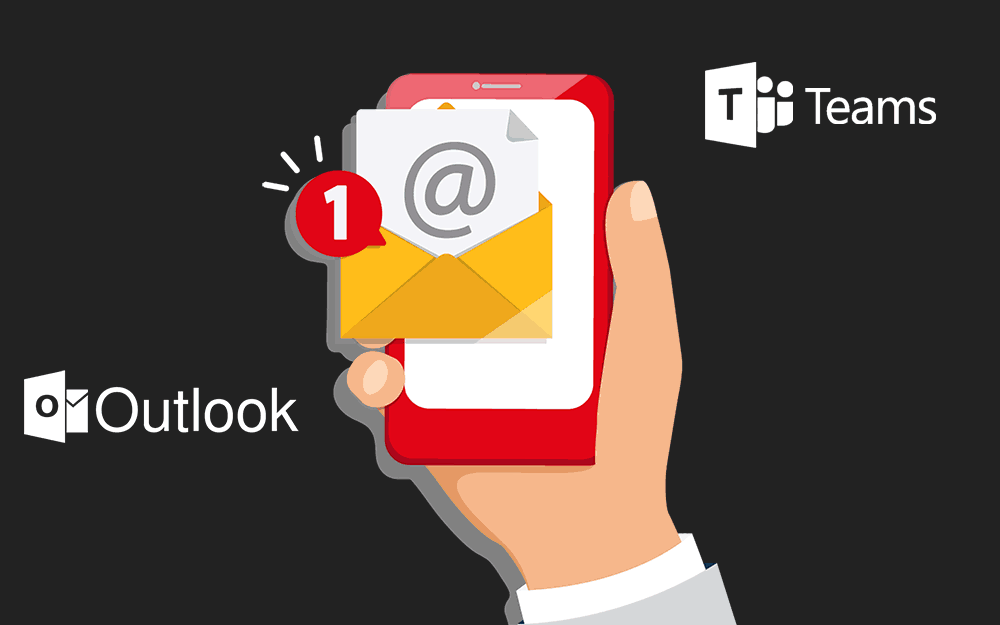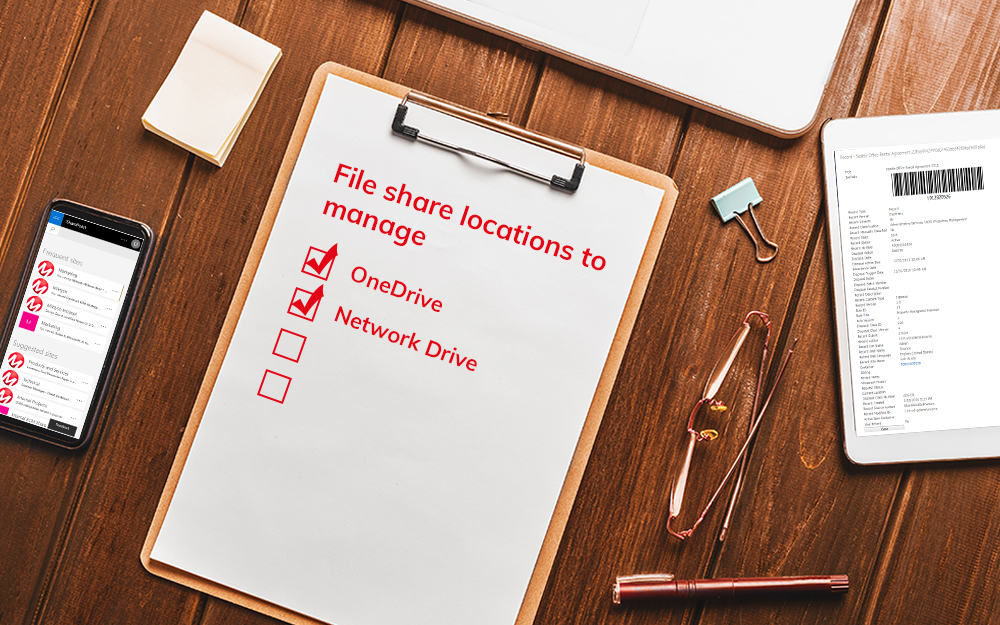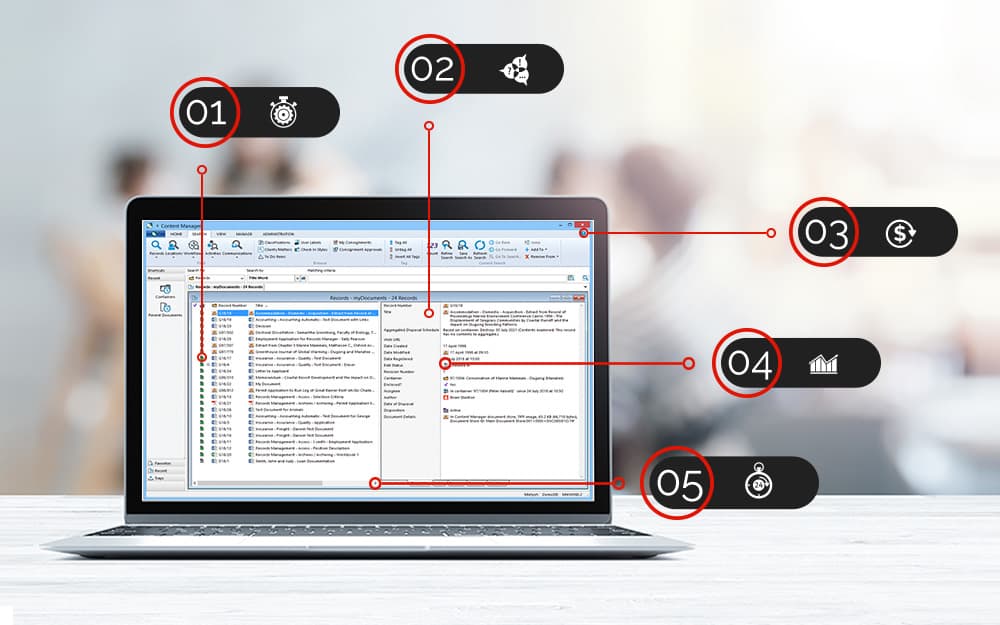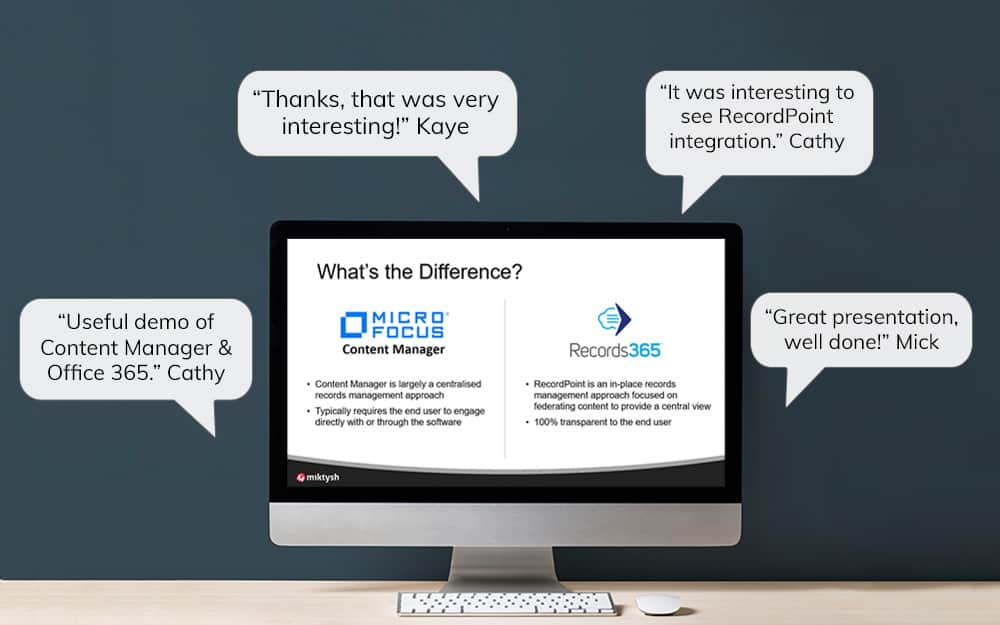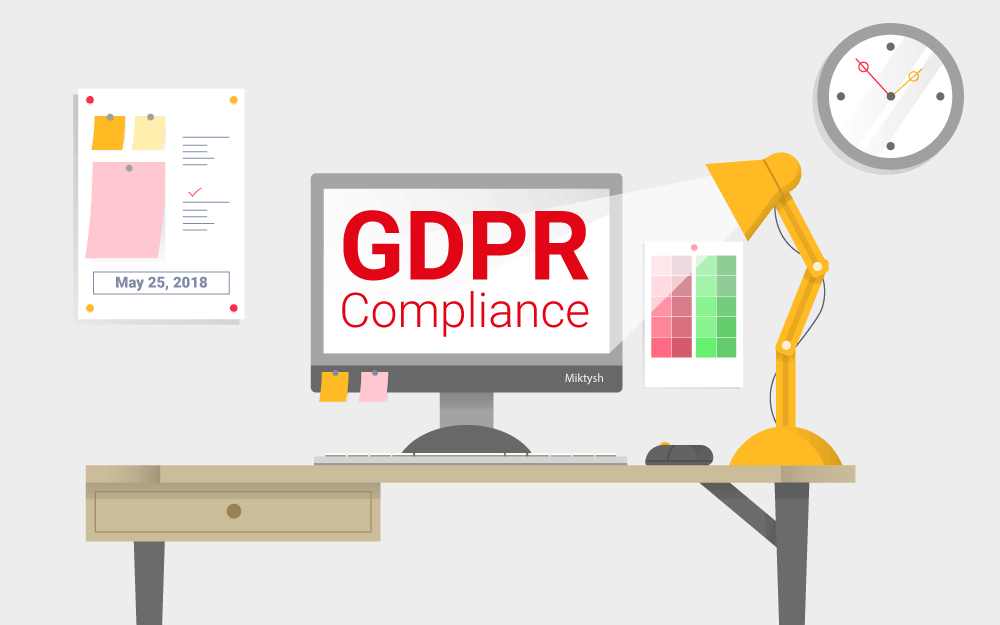Miktysh Blog.
Your go-to source for everything records management, eDRMS, Office 365, TRIM/Content Manager, RecordPoint, AvePoint, and EncompaaS related.
Categories
Topics
Technical Roadblocks to Effective Information Management in Organisations
Apr 12, 2019 | Information Management

Poor information management in organisations serves as one of the most under-recognised problems currently facing most businesses, government agencies, and non-profits. Technology plays an integral part of information management in organisations, regardless of their size. With technology follows its fair share of challenges to contend to with.
Nearly half of employees across Australia report that they struggle to locate important documents on a regular basis, and over four out of five say that they occasionally must recreate existing documents because they cannot locate them. The inability to locate files is attributed to a variety of issues that fall under the umbrella of poor information management. This includes inaccurate files names, content saved in an incorrect location, inaccessibility from mobile devices, issues with version control and duplication, and use of multiple repositories and systems that make it difficult to know where a document can be found.
Whilst the inability to quickly and easily locate documents can cause significant issues, regulatory non-compliance as a result of poor information management (IM) has more serious consequences, including costly penalties and a PR catastrophe. Consider for example, NSW premier, Mike Baird, deleting his entire Twitter account after he resigned, Toyota Australia’s 2019 data breach or the employees at WA hospitals who were found to have accessed confidential information inappropriately multiple times from 2014 to 2017.
Many organisations see proactive information management as merely adopting a document/record/content management system, however that’s just the tip of the iceberg. An effective IM strategy will improve efficiency by making the right information discoverable by the appropriate individual when they need it, protect that information, meet regulatory compliance requirements in addition to providing an effective enterprise content management system to support business requirements.
The road to information management excellence is often littered with roadblocks. To avoid these pitfalls and ensure optimal operational performance, modern organisations need to be able to identify and overcome these roadblocks, understand the important role that IM plays, while taking a proactive, holistic approach to managing information. For novices, we define information management in organisations, barriers to effective IM and the consequences of poor IM here.
Multiple Disparate Repositories
The utilisation of numerous systems is a challenge that pretty much every organisation faces. Most, knowingly or not, use four or more storage locations. For example, consider a typical company operating 10 years ago; they would use computer hard drives, a network drive, email and an accounting system such as MYOB. A more progressive, modern company may use email, OneDrive, SharePoint, Teams and an accounting system or records management system. As you can see, it’s common to end up using multiple systems in day-to-day operations if an information management strategy isn’t put into place. When you consider these examples, it’s easy to understand how a lack of integration between systems can cause the quality of information to be poor, and create issues such as duplication of work, wasted time searching for documents and confusion about where to look.
This issue can be tackled in multiple ways. An information management strategy and framework can help to ensure consistency in practices and use of technology across an organisation. Businesses can consolidate repositories and mandate one platform to be used. For line-of-business applications where it’s inevitable to create a cache of information, a content migration strategy can be utilised. RecordPoint, ControlPoint and Structured Data Manager are great products to help tackle these challenges. RecordPoint unites various content platforms, allowing users to work where they want, how they want. ControlPoint enables users to find, connect and control data across repositories, and Structured Data Manager enables extraction of inactive structured data from applications.
Non-Existent or Poor Metadata
The ability to locate the correct information when it’s required is crucial to productivity and depends heavily on the implementation of a good metadata framework. Metadata helps users find files faster and more easily through the collection and indexing of more detailed information. An efficient metadata system will save an organisation significant time and effort over the long term.
Besides the impact on operational efficiency, poor metadata can also affect an organisation’s ability to attain records management compliance. By carefully categorising and applying metadata to files, organisations can identify the type of records they hold and its corresponding retention and disposal schedule.
Metadata also plays a roles in information security, in that it can prevent certain users from accessing sensitive documents and files. Systems that keep personal and confidential data need to have measures in place to reduce the possibility of data breaches. Data protection often relies on the creation of an access hierarchy that only allows access to certain levels in the same way that intelligence services have traditionally operated.
Inadequate & Out of Date Technology
Insufficient technology is another frequent challenge facing most businesses. The Australian government’s computing system was described recently as “rubbish,” while some agencies of the United States federal government use legacy systems with “decades-old” technology. As organisations grow and evolve, it’s common for technical solutions to no longer meet business needs. Or perhaps the solution never really serviced business needs to begin with. We’ve all worked at an organisation who is still running on an ancient version of Office, desperately requiring an upgrade to take full advantage of new features, like Office 365’s suite of products.
It may seem like it goes without saying that organisations need to keep up to date with technology, unfortunately that’s not the case. For example, consider how the U.S. government still uses floppy disks and estimates that they spend upwards of $60 billion per year on out-of-date technology, recent criticism over Australia’s My Health Record being nothing more than “digitised paper”, or how a ransomware attack highlighted just how many companies, large corporations included, don’t update their software.
Research has shown that old technology can have a significant impact on Australian businesses. Leadership must be mindful that the larger the gap between an existing environment and current technology, the less efficient and more costly business operations will be, which directly affects competitiveness. Unfortunately, the longer old technology is left, the more resources it requires when upgrading (time, money and effort).
As the information management landscape changes and new tools present new ways of managing information, enterprises must be able to adapt and evolve. Information management professionals should work with their IT department to ensure appropriate information management systems are in place. Regular reviews and audits will assist in assessing whether technology in use is meeting business needs.
A lack of clear direction for technical environments, limited resources when deploying new systems or managing existing systems can all play a role and contribute to a lack of user adoption.
End User Adoption and Change Management
Inadequate technology or systems that are difficult to use have a direct impact on user adoption. Users don’t just resist because they are “being difficult”. Spend time to understand why the technology is being resisted and you’re likely to uncover some gaps and issues that need to be addressed. End users who reject a system will often create their own workarounds which could place information at risk of being unsecure or non-compliant. Under-utilisation also negates and undermines the investment into the new technology.
To support a collaborative culture and realise the full benefit of the investment, businesses should aim to accelerate adoption and ensure employees develop a genuine proficiency with the new technology. Adequate training, both in the beginning and ongoing, is imperative. Organisational change management – helping people master new ways of working – is also a key component. Microsoft MVP, Tracy van der Schyff recommends and uses the ADKAR model (Awareness, Desire, Knowledge, Ability, Reinforcement) for change management, which breaks the process into five simple steps. Likewise, it’s good practice when selecting or deploying a solution, to involve end users from the outset, as they often have valuable input that a project team hasn’t considered. When end users aren’t consulted, the project can end poorly.
Lack of Strategy and Poor Information Architecture
Poor information architecture is a leading roadblock to effective IM, especially in larger enterprises where there are terabytes of information. Like building architecture, information architecture provides an efficient, compliant design for an organisation’s information. Corporate divisions or business units that operate in silos present unintentional barriers which prevent knowledge sharing and cross-functional collaboration. Inconsistent structure between repositories and systems, poor metadata, no standards for consistent use of business terminology and file naming conventions all contribute to poor information management in organisations.
Implementing an IM strategy and best practices will help to overcome many of these issues and craft an organisational philosophy to govern information. Invest in the development of sound information architecture to support your IM strategy.
Employing Effective Information Management
To avoid the inability to locate, access and secure information as well as the potentially severe repercussions of being found non-compliant, organisations must make information management an integral and ongoing aspect of their operations. It has been shown storing information in multiple disparate repositories, not having or correctly using metadata, using out-dated legacy systems, poor information architecture and not employing the correct policies and processes to ensure successful end-user adoption are the most common pitfalls that organisations fall into that prevent them from achieving effective information management.
Understandably, another issue organisations face is lacking the resources, experience and technical knowledge to avoid falling into any of the aforementioned pitfalls. This is why it may be necessary to contact an information management specialist that can help do this for you. Our team of information management specialists have experience in the development and implementation of information management and governance strategies. If this is something your organisation could benefit from don’t hesitate to get in contact with us.

Liza Tinker
Business Consultant
Liza is a SharePoint consultant with over 15 years’ experience in the private and public sector in the use and delivery of SharePoint and other collaboration solutions using Microsoft 365. She is passionate about technology and improving productivity and quality through collaboration and innovation.
Follow us on social
Popular content.

Analytics Driven Information Governance
14.07.2021
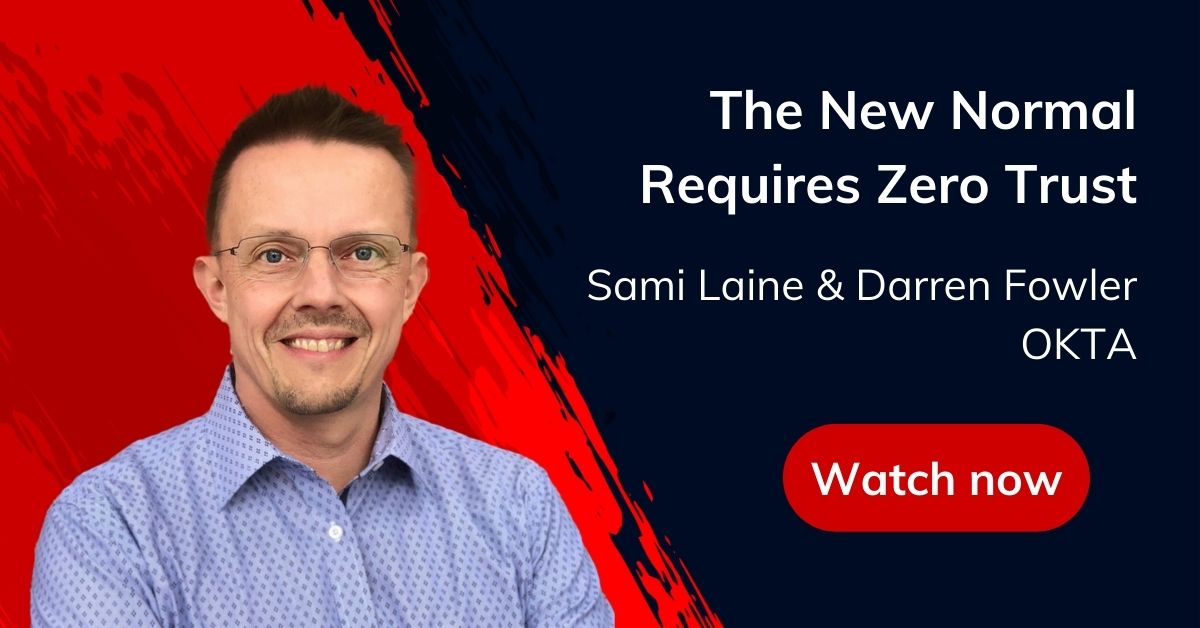
The New Normal Requires Zero Trust
27.06.2021
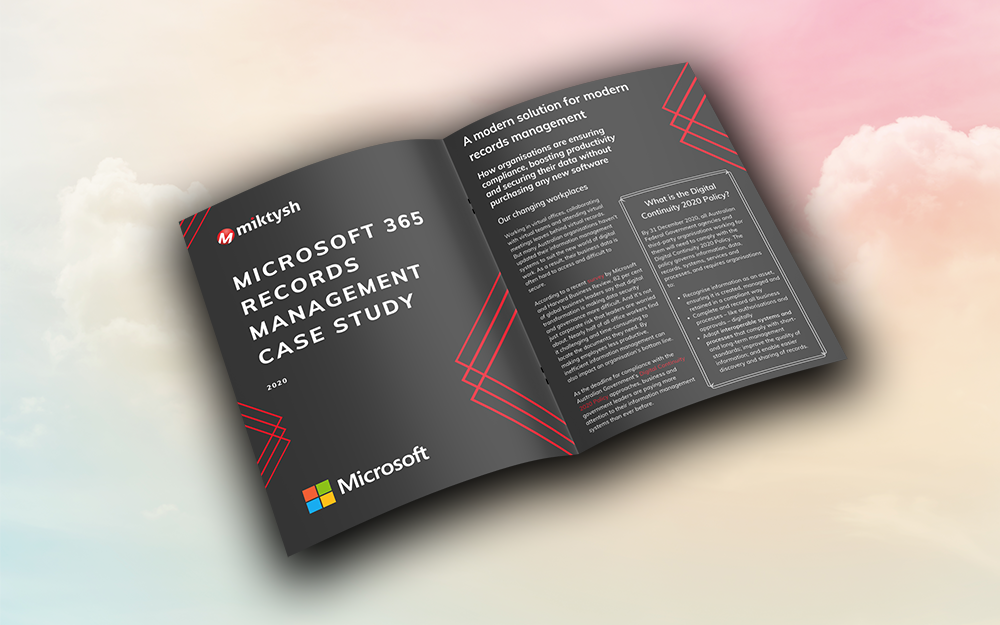
Microsoft 365 Records Management Whitepaper
06.11.2020

Micro Focus Launches Content Manager Select
28.05.2020
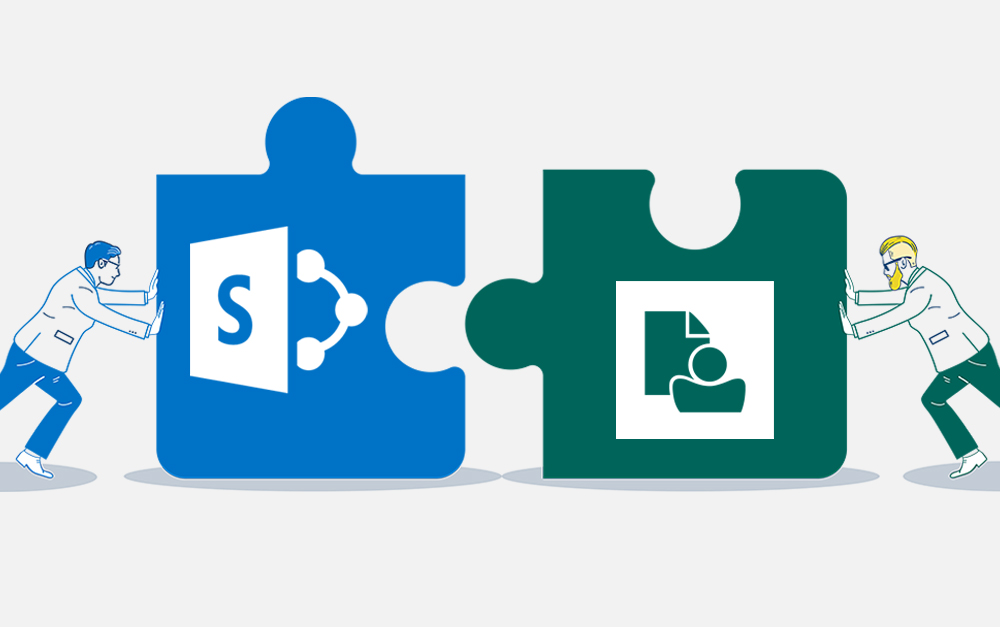
Content Manager SharePoint Integration Demo
20.05.2020

Top 7 Hidden Features in Microsoft Teams
11.02.2020
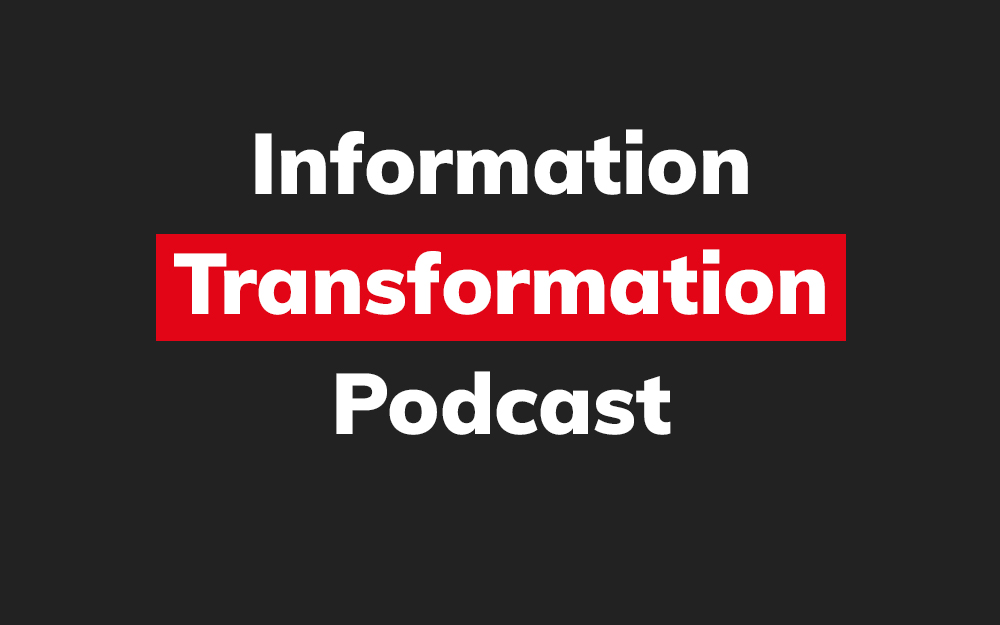
Integrate Content Manager with SharePoint
15.01.2020

Information Management Strategy Example
06.12.2019

How to Approach a Digital Transformation
13.11.2019

Top 5 Benefits of Migrating to Office 365
10.10.2019
Content Manager 9.4 Web Client
19.09.2019

Content Manager 9.4 Sneak Peek – Video Demo
02.09.2019

What Version of SharePoint is on Office 365?
27.06.2019
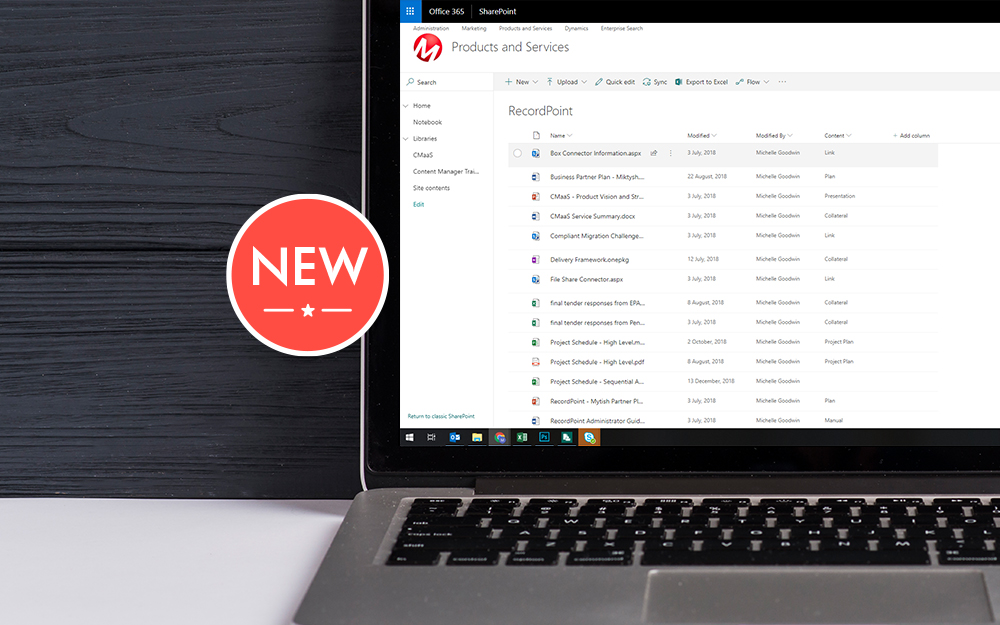
New SharePoint 2019 Features
08.03.2019

Data Migration Validation Best Practices
08.02.2019

Cloud Governance – RIMPA Queensland Event
27.09.2018

RecordPoint Records365 Demo
09.05.2018

How RecordPoint Enhances Office 365
09.05.2018

6 GDPR Tools to Assist with GDPR Compliance
17.04.2018

Analytics Driven Information Governance
14.07.2021

The New Normal Requires Zero Trust
27.06.2021

Microsoft 365 Records Management Whitepaper
06.11.2020

Micro Focus Launches Content Manager Select
28.05.2020

Content Manager SharePoint Integration Demo
20.05.2020

Top 7 Hidden Features in Microsoft Teams
11.02.2020

Integrate Content Manager with SharePoint
15.01.2020

Information Management Strategy Example
06.12.2019

How to Approach a Digital Transformation
13.11.2019

Top 5 Benefits of Migrating to Office 365
10.10.2019
Content Manager 9.4 Web Client
19.09.2019

Content Manager 9.4 Sneak Peek – Video Demo
02.09.2019

What Version of SharePoint is on Office 365?
27.06.2019

New SharePoint 2019 Features
08.03.2019

Data Migration Validation Best Practices
08.02.2019

Cloud Governance – RIMPA Queensland Event
27.09.2018

RecordPoint Records365 Demo
09.05.2018

How RecordPoint Enhances Office 365
09.05.2018

6 GDPR Tools to Assist with GDPR Compliance
17.04.2018
